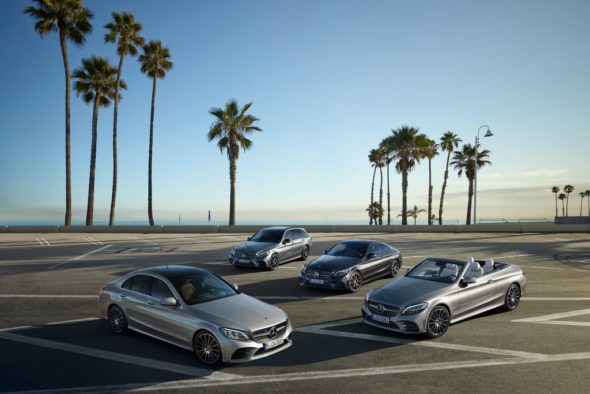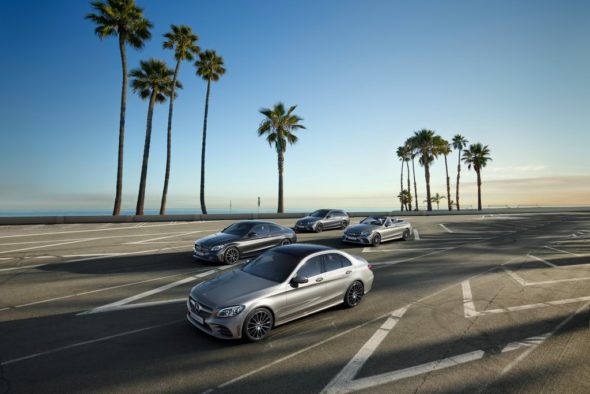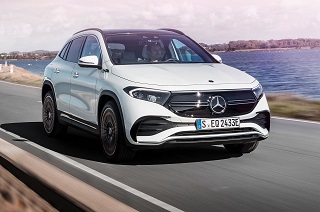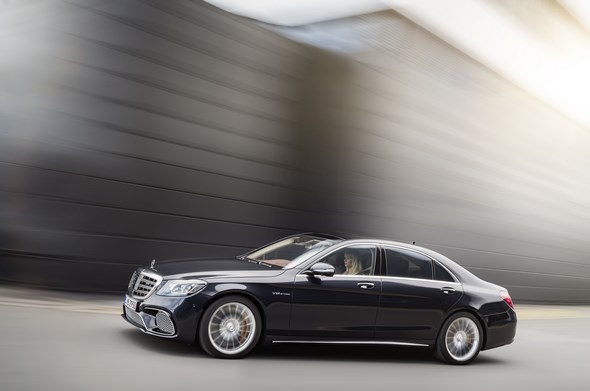More than 50 models available in total
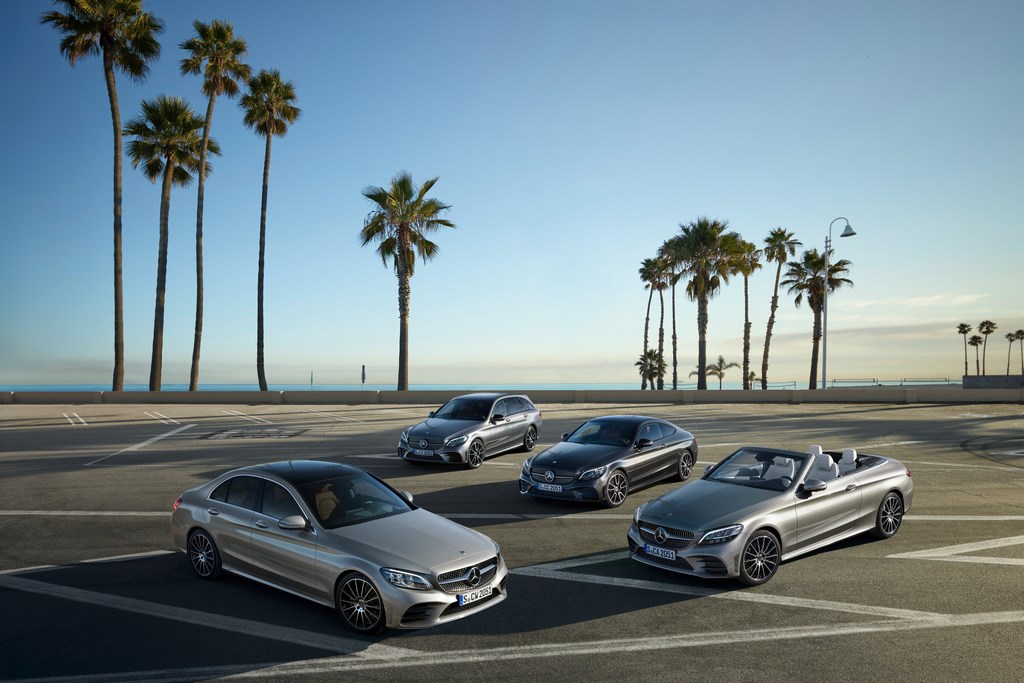
The new C-Class family continues to grow
Additional engines for the new C-Class can now be ordered at the dealers. This makes a total of more than 50 models of the new C-Class family available – 30 saloons and estates as well as 21 coupés and cabriolets.
Regarding engines, the varied line-up currently ranges from the entry-level diesel C 180 d rated at 90 kW/122 hp (combined fuel consumption: 4.7-4.5 l/100 km, combined CO2 emissions: 124-119 g/km) to the sporty C 43 4MATIC models from Mercedes-AMG rated at 287 kW/390 hp. (combined fuel consumption: 9.8-9.3 l/100 km; combined CO2 emissions: 223-213 g/km).
Entry to the world of the C-Class in Germany starts at 34,914.60 euro incl. 19% VAT for the C 180 d Saloon (combined fuel consumption: 4.5-4.2 l/100 km, combined CO2 emissions: 119-110 g/km)1. The Estate model with the same engine (combined fuel consumption: 4.6-4.2 l/100 km, combined CO2 emissions: 122-112 g/km)1 starts at 36,580.60 euro. The Coupé and Cabriolet start at 40,066.95 and 46,130.35 euro, respectively.
Be it as a classic saloon, a practical estate, a sporty coupé or an elegant cabriolet – the new C-Class is as varied as never before. With currently 13 engines, it offers 51 models and thus represents the largest family in the passenger car range of Mercedes-Benz.
Now in its fifth year of production, the C-Class is the most successful model series from Mercedes-Benz and boasts a wealth of enhancements. In terms of looks, the focus of the redesign work was on the front of the vehicle as well as the design of the headlamps and tail lamps.
There are also new petrol and diesel engines, partly with an additional 48-volt system with belt-driven starter alternator. The electronic architecture is completely new. The customer benefits from a user experience with an optionally fully digital instrument display and multimedia systems with tailor-made display and information options.
The C-Class also uses map and navigation data for assistance functions. For example, Active Distance Assist DISTRONIC as part of the Driving Assistance package is able to support the driver in numerous route-specific situations, and predictively adjust the speed e.g. when approaching bends, junctions or roundabouts.
Other new developments include intuitively understandable Active Lane Change Assist and Active Emergency Stop Assist as new functions of Active Steering Assist.
The new C-Class comes with extended Active Brake Assist as standard. Depending on the situation, this can help to mitigate the consequences of rear-end collisions with slow-moving, stopping or stationary vehicles ahead, and even with crossing pedestrians and cyclists, or prevent them altogether.
Here are the most important new and improved functions at a glance: The DYNAMIC BODY CONTROL suspension (1071 euros incl. VAT), is equipped with continuous adjustable damping for the front and rear axle.
The continuously variable system controls the damping characteristics individually for each wheel as it interacts with the engine, transmission and steering properties – to suit the driving situation, speed and condition of the road surface. The individual suspension set-up can be determined in the three stages “Sport”, “Sport+” and “Comfort” via the DYNAMIC SELECT switch.
There are 84 individually controlled LEDs in each headlamp of the MULTIBEAM LED headlamps with ULTRA-RANGE Highbeam (934.15 euro (coupé and cabriolet) or 1963.50 euro (saloon and estate) incl. 19% VAT respectively).
They allow extremely quick and precise, electronically controlled adjustment of the headlamps to suit the current traffic situation. New functions in comparison to the LED Intelligent Light System (19 LEDs per headlamp) are the junction light, roundabout light, city light and adverse weather light.
When no other road user is detected, the road ahead is straight and the vehicle speed is above 40 km/h, ULTRA-RANGE Highbeam is switched on automatically. This produces the maximum light intensity permitted by law, which results in the brightness of the main beam headlamps only falling below the reference value of 1 lux after a distance of more than 650 metres.
The fully-digital instrument display (892.50 euros incl. VAT) comprises a 12.3-inch, high-resolution instrument cluster. The cutting-edge screen design offers the three very different display styles “Classic”, “Sport” and “Progressive”. The styles can be switched easily according to personal preference or to suit the selected interior.
ENERGIZING comfort control (238 euros incl. VAT) links various comfort systems in the vehicle. It systematically uses the functions of the air conditioning system (including fragrancing) and the seats (heating, ventilation), as well as lighting and musical moods, to create a specific wellness set-up tailored to the customer’s preferences.
The latest-generation COMAND Online (2915.50 euros incl. VAT) offers fast 3D hard-disc navigation with topographical map display, photo-realistic 3D buildings and 3D map rotations, among other things.
Comprehensive information is displayed on the navigation map: in addition to virtually real-time traffic density information, it can for example show Car-to-X warning messages, the weather, filling stations including current fuel prices and available parking spaces.
New to the range of optional extras is an additional sound system (416.50 euros incl. VAT). With nine speakers and an output of 225 W (2 x Frontbass with 50 W, remaining five channels each with 25 W), it is positioned between the standard sound system and the Burmester® surround sound system.

